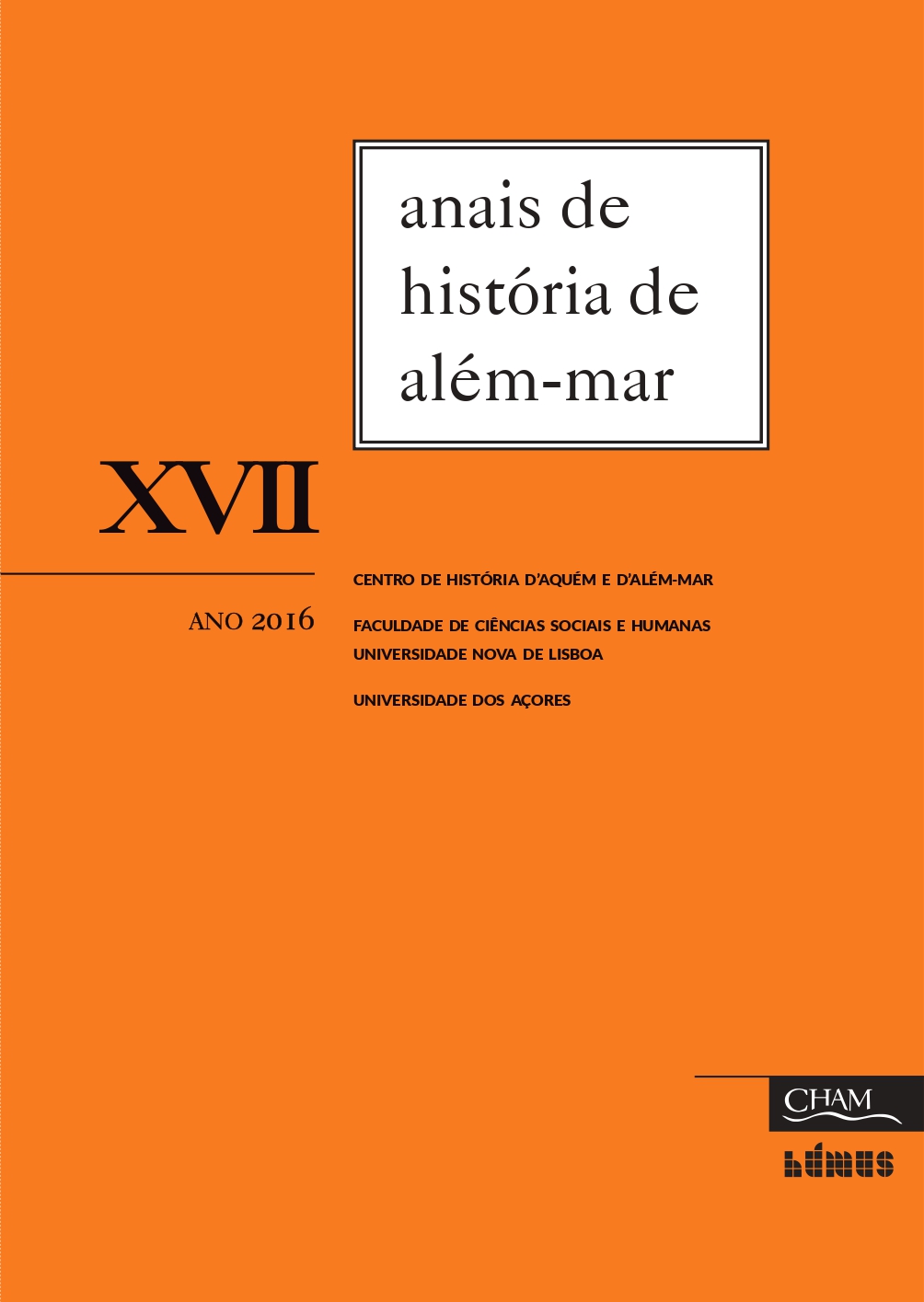Authority, poverty, and vanity: Jesuit missionaries and the use of silk in Early Modern East Asia
DOI:
https://doi.org/10.57759/aham2016.36108Keywords:
Jesuit, Missionary, Silk, China, Japan, Accommodation strategyAbstract
This essay examines the debates surrounding the use of silk by Jesuit missionaries in East Asia between 1551 and 1630. The focus is on the tension between the Jesuits’ vow of poverty and their commitment to a missionary strategy of accommodation to indigenous cultures. Relying on little-used archival sources, this discussion demonstrates how missionaries adopted used silk to gain authority in Japan and China, and how their superiors twice insisted on its prohibition. A broader consideration is of the image of the missionary in silk in European publications and how the Society of Jesus attempted to control its meaning.
Downloads
Published
How to Cite
Issue
Section
License
Copyright (c) 2016 Liam Matthew Brockey

This work is licensed under a Creative Commons Attribution 4.0 International License.
This licence permits unrestricted use, distribution, adaptation, and reproduction in any medium, provided that the original work is properly cited.



